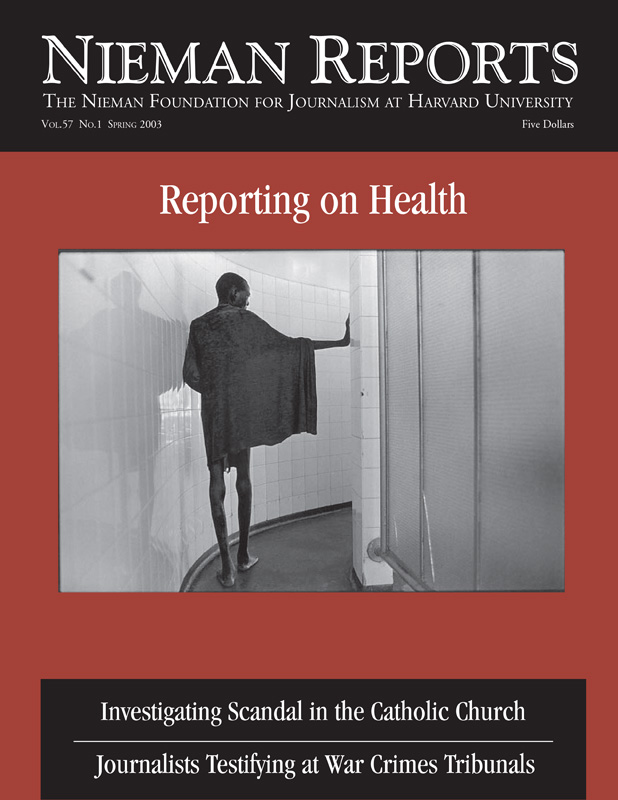In December 2002, Peter Turnley’s words and images entitled “The Unseen Gulf War” were featured on The Digital Journalist, an interactive Web magazine featuring work of leading photojournalists (www.digitaljournalist.org). Turnley’s essay that follows is adapted from a letter he wrote to Dirck Halstead, the editor and publisher of The Digital Journalist, as United Nations’ inspectors were in Iraq and the Bush administration was developing plans for a possible war with Iraq.
As we approach the likelihood of a new Gulf War, I want to explore an idea, and it occurs to me that The Digital Journalist might be the place to do it. As we all know, the military pool system created then was meant to be—and was—a major impediment for photojournalists in their quest to communicate the realities of war. This fact does not diminish the great effort and courage and the important images created by many of my colleagues who participated in these pools. However, you would have a very difficult time today finding an editor of an American publication who doesn’t condemn this pool system and its restrictions, even though most publications and television entities more or less accepted the idea before the war began. This reality has been discussed far less than critiques of the pools themselves.
During the Gulf War, I refused to participate in the pool system. I was in the Gulf for many weeks as the build-up of troops took place, then sat out the “air war.” I flew from my home in Paris to Riyadh when the ground war began and arrived at the “mile of death” very early in the morning on the day the war stopped. Few other journalists were there when I arrived at this incredible scene, with carnage that was strewn all over. On this mile stretch were cars and trucks with wheels still turning and radios still playing. Bodies were scattered along the road. Many have asked how many people died during the war with Iraq, and the question has never been well answered. That first morning, I saw and photographed a U.S. military “graves detail” burying many bodies in large graves. I don’t recall seeing many television images of these human consequences. Nor do I remember many photographs of these casualties being published.
The next day I came across another scene on an obscure road further northeast in the middle of the desert. I found a convoy of lorries transporting Iraqi soldiers back to Baghdad. As the convoy passed through this area, it was clear that massive firepower had been dropped; everyone who’d been here had been carbonized. Most of the photographs I made of this scene have never been published anywhere, and this has always troubled me.
As we approach the looming possibility of another war, a thought comes to mind. These photographs I took immediately after the war don’t represent a personal point of view or political judgment about the Gulf War. But they do represent missing parts of an accurate picture of what happens in war and in that war, in particular. I’ve always hoped that true images of conflict give people an opportunity to reflect more fully on the realities of war. American citizens have the right to see these photographs so they can make an informed decision about going to war again, and part of my role as a photojournalist is to enable viewers to draw from as much information as possible in developing their judgments.
This past war has often been portrayed as something akin to a Nintendo game. This view conveniently obscures the vivid and often grotesque realities apparent to those involved in war. As a witness to the results of that war, the televised, aerial and technological version of the conflict is not what I saw, and I would like to present some images that represent a more complete picture of what this conflict looked like.
At best, war is a necessary evil. Anyone who feels differently has never experienced or been in one. After covering many conflicts around the world during the past 20 years and witnessing much human suffering, I feel a responsibility to use my photographs to ensure that no one who sees the brutal realities of armed conflict can ever feel that war is comfortable or convenient.
Peter Turnley, a 2001 Nieman Fellow, has covered most of the major international news stories of the past two decades. He is very familiar with conflict, having covered as a photojournalist the wars and civil strife in Somalia, Chechnya, Bosnia, Kosovo, Israel’s occupied territories, the Gulf War, South Africa, Haiti and Northern Ireland.


